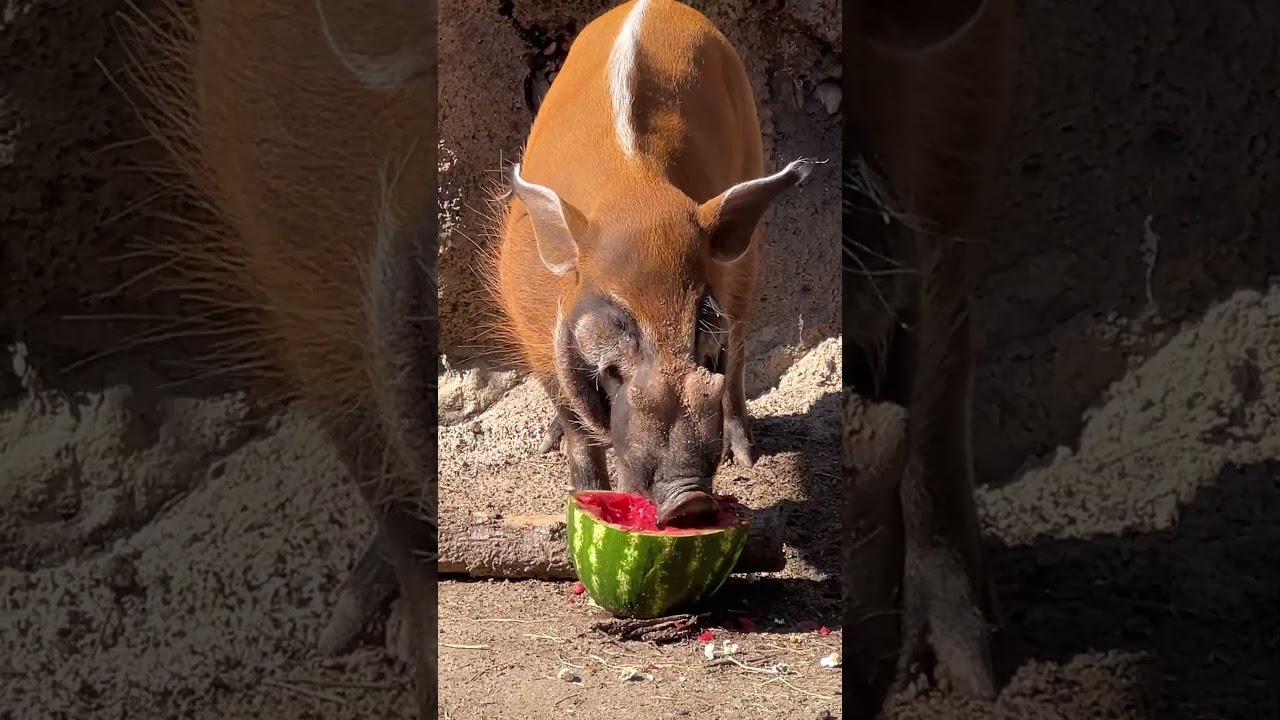- The significance and origins of Happy National Watermelon Day
- Watermelon as a nutritious treat for zoo animals
- The importance of providing enriching snacks for wildlife
- Practical aspects of zoo management in incorporating watermelons
- Wildlife conservation efforts linked to zoo activities and celebrations
Happy National Watermelon Day is celebrated annually on August 3, bringing attention to a fruit that is enjoyed by many and serves as a versatile, nutritious treat for animals and humans alike. As we recognize this day, it is essential to understand its significance, especially within the context of zoology, zoo management, and wildlife conservation.
The significance and origins of Happy National Watermelon Day
August 3 is dedicated to celebrating the watermelon, a favorite summer fruit. Its origins are rooted in Africa, with historical cultivation dating back over 4,000 years. Watermelons are rich in vitamins A and C, antioxidants, and hydration resources. This fruit’s nutritional profile makes it an excellent choice not only for human consumption but also for animals in zoos. The celebration of this day aims to spread awareness about the benefits of watermelon and encourage its consumption. Moreover, zoos leverage this occasion to highlight their enrichment programs and conservation efforts, engaging the public in educational activities.
Watermelon as a nutritious treat for zoo animals
Watermelons provide more than just hydration. They offer vital nutrients essential for various animals. In zoos, keepers observe specific dietary needs tailored to individual species. The high water content in watermelons ensures animals remain hydrated, especially crucial during hot summer months. For herbivores, such as giraffes and elephants, the fruit is both a treat and a source of vitamins. Carnivores like tigers and lions may enjoy frozen watermelon as an occasional enrichment snack that stimulates their senses. Furthermore, the fibrous nature of the fruit aids in dental health for many animals, contributing to their overall well-being.
The importance of providing enriching snacks for wildlife
Enrichment is a pivotal aspect of zoo management and animal care. It focuses on stimulating animals mentally and physically, encouraging natural behaviors and improving their quality of life. Watermelons, due to their texture, scent, and taste, provide an excellent enrichment option. Carving watermelons into fun shapes or hiding food inside can challenge animals’ problem-solving skills. These activities promote an active lifestyle and ward off boredom. Additionally, enrichment is a tool in positive reinforcement training, making routine health checks or medical treatments less stressful for both animals and caregivers.
Practical aspects of zoo management in incorporating watermelons
Incorporating watermelons into the dietary regime of zoo animals requires thoughtful planning. Zoo nutritionists evaluate the appropriateness of watermelon for various species, ensuring it fits within balanced diets. This involves understanding the animal’s natural diet and nutritional needs. For example, while elephants can consume entire watermelons due to their size and digestive capabilities, smaller animals might receive only slices to prevent overfeeding.
Preparation and distribution methods are also considered. For instance, watermelons might be frozen as popsicles for polar bears or cut into smaller pieces for birds. Zoos also consider the preservation and storage of watermelons to prevent spoilage. Collaboration with local farmers or suppliers ensures a steady supply of fresh produce. Additionally, educating the public about these practices can foster greater understanding and support for zoo management and conservation efforts.
Wildlife conservation efforts linked to zoo activities and celebrations
Zoos play a crucial role in wildlife conservation. They provide safe havens for endangered species and participate in breeding programs to increase population numbers. Celebrations like Happy National Watermelon Day offer an opportunity to draw attention to these efforts. Through interactive and informative events, zoos can engage visitors in conversations about habitat protection, conservation strategies, and the importance of biodiversity.
Watermelon Day can also be used to raise funds for specific conservation projects. Special demonstrations, workshops, and themed activities can highlight how zoos care for their animals and the role of conservation in protecting wildlife. Public participation in such events reinforces the connection between zoo visitors and global conservation initiatives, fostering a community dedicated to preserving animal species and their habitats.
Zoos often partner with conservation organizations to extend the impact of their activities beyond their premises. By integrating watermelon-themed educational programs, they can teach about sustainable agriculture and climate change, emphasizing how human actions affect wildlife. This holistic approach encourages a broader perspective on environmental stewardship.
Celebrating Happy National Watermelon Day within zoological contexts is more than just highlighting a delicious fruit. It embodies the integration of nutrition, enrichment, zoo management, and conservation. By leveraging this day, zoos can educate the public, improve animal welfare, and contribute to global wildlife conservation efforts. Through thoughtful practices and public engagement, zoos continue to play a vital role in promoting environmental awareness and the well-being of all species.
*****
Source Description

